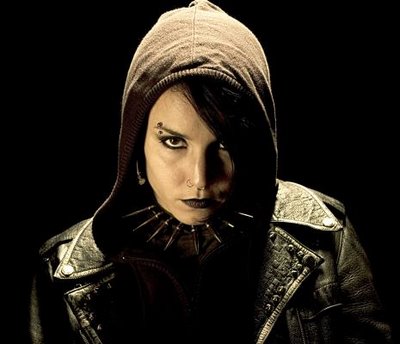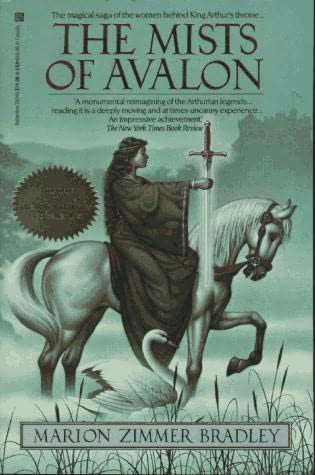|
In This Issue:
Chicks
Dig It:
A Guy Reads A Bunch Of 'Chick-Lit'
By Alex Nall
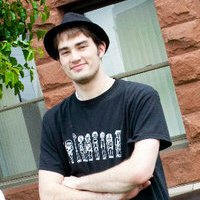
Whenever someone asks me, “Hey, what did you read this summer?”
I always become infuriated because my initial response is “Not
enough!” That was the case this summer, yet again. I made a vow
to myself at the beginning of summer to read the contemporary
classics: Hemingway, Kerouac, maybe some Homer if I could
squeeze it in. Instead, a friend of mine handed me a book and
said, “Read this. You’ll like it”. The name of the book was The
Girls’ Guide To Hunting and Fishing by Melissa Bank. I had heard
of this short story collection and even excerpts of it in a
Creative Writing class back in high school. I looked at the book
and rolled my eyes, but not wanting to be rude, said I would
“try it out”.
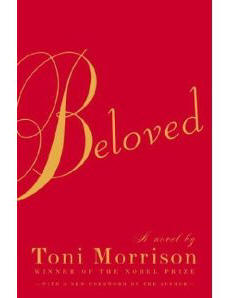 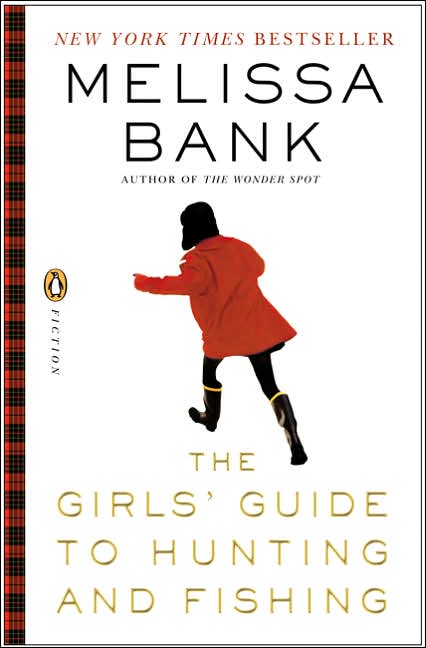 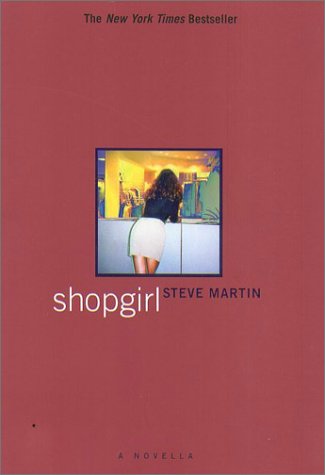 
The book’s protagonist is Jane, who
throughout the seven stories in the collection, ages in a
non-linear model that would make Leopold Bloom’s head spin.
First she’s fourteen observing her brother’s torrid relationship
from afar, then she is in her mid-twenties, dealing with the
woes of her own relationship issues… while on vacation, and in
the last three stories she grows in and out of a decaying
relationship with an older man as she ages.
On first look of the book’s synopsis I
only had one phrase in my head: Chick Lit. That fabled genre of
pseudo-prose infused with slop dialogue and ridiculous
situations (Twilight fans can stop reading now if they wish), or
at least that’s the impression I went in with when starting out
on this new literary adventure. Soon enough, I was enthralled by
Jane’s commitment woes, her scandalous and even saucy
relationship with a old friend of her aunt’s, her struggle with
saying goodbye to her terminally ill father and the short terse
sentences that spoke bluntly to her audience: “That night, alone
with all those empty beds, I couldn’t fall asleep. I’d finished
Gatsby and I looked out at the lagoon, hoping to see a green
light. But nobody’s dock was lit up. Only one house had any
lights on, and the light was just the blue of a television set”
(43). It was dialogue like this that spoke to me as a person,
rather than a male reader. I was able to identify with the
anxiety, confusion and bursts of joy in Jane’s sporadic life. So
I continued to read more “chick lit” and see what else I could
find.
I returned to a novella I had read in
high school only because it’s author, Steve Martin, was a really
funny guy who was really funny. The novella was Shopgirl and
much like Bank’s story collection, the prose was short, but
formulated a deep sense of awareness of the loneliness in all
humans. The image of Mirabelle, waiting at the counter at the
glove department at Marcus Neiman’s, hoping something will
happen that will make her life start, stays instilled in my head
for its haunting universal outreach. I wondered, after quickly
revisiting Mirabelle and company, if the male reader has
completely misinterpreted the definition of “chick lit”. Surely,
all these books focused around contemporary women’s lives
couldn’t all be about the hardships of loneliness.
Once again, I found that this seemed to
be the cause in Sylvia Plath’s The Bell Jar, an autobiographical
novel so emasculating the reader is left haunted by Esther’s
total lack of faith or sanity in herself or the figurative “bell
jar” world she is trapped in: “I knew I should be grateful to
Mrs. Guinea, only I couldn’t feel a thing. If Mrs. Guiena had
given me a ticket to Europe, or a round the world cruise, it
wouldn’t have made one scrap or difference to me, because
wherever I sat- on the deck of a ship or at a street café in
Paris or Bangkok- I would be sitting under the same glass bell
jar, stewing in my own sour air” (175). Plath’s novel let me see
into the challenges of women suffering from depression, just as
Martin’s Mirabelle and Bank’s Jane allowed me to see the
fixations and consciousness of women in contemporary literature.
But none of these characters’ issues
could amount to that of Sethe in Toni Morrison’s Beloved, which
ended my summer reading tour (By now renamed ‘Contemporary
Literature Focused on Women’; professors, take note of a
possible Intro Literature class). The heartbreak and loneliness
that Sethe suffers arises from the ghosts of her daughter and
slavery, which take hold of her during the novel’s climax and
almost squeeze every ounce of life out of her. Morrison’s novel
brought to bay my newfound theory that the books I had been
reading weren’t books about depressed women, but were documents
emphasizing the psychological effects of different lifestyles,
be it Jane’s get-the-man now agenda, Mirabelle’s post-grad
wandering, Esther’s struggle to rise to literary fame, or
Sethe’s racially-scorned past.
After this experiment was over, I
found myself revisiting some works of feminine literature,
finding things in them that I hadn’t before. It occurred to me
as I write this, that Jane Austen satirized the “romance novels”
so heavily adored by women of her time in Northanger Abbey. If
there is one thing I came out learning from this experience,
it’s this: books about women aren’t novelized versions of Sex
and The City episodes. Lovers of literature—and male doubters,
much like myself—should take note that “chick lit” is thrown
around too easily by the seemingly “girly” subject matter and
deceptive misinterpretations. The puritan poet, Anne Bradstreet,
said it best: “For such despite they cast on female wits: If
what I do prove well, it won’t advance, They’ll say it’s stol’n,
or else it was by chance”. The alluring contrivance of “chick
lit” is that it isn’t about “chicks” at all, but is instead a
unisex form of literature that allows readers to look into the
social, historic and modern complications of the conflicts
between humans today.
Gendered Books: Why Girls Have Them and Guys Don't
By Leanna Waldron
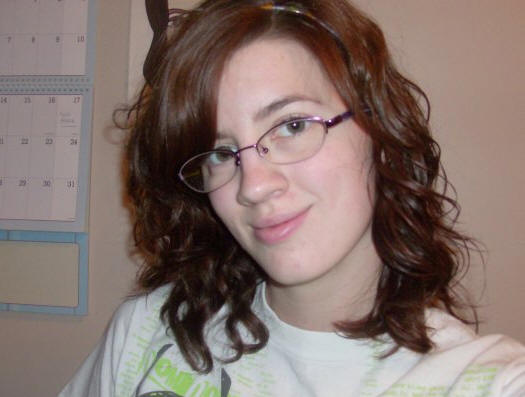
While discussing books with a
few friends a couple of weeks ago, something one of them said struck
me.
“There’s no such thing as ‘guy books.’”
At first I was shocked
by the sheer wrongness of this statement. What about sci-fi, spy and
adventure novels? What about the ‘heroic quest’ and monsters and
dragons? I insisted that there were, indeed, ‘guy books.’
But that
got me thinking that I actually love those kinds of books. I mean,
give me dragons and epic battles over high school drama and romance
any day. I also know that many of my female friends feel the same
way. Yet if you ask most guys (and I’m definitely qualifying here by
saying “most”) if they’ve read Libba Bray’s Gemma Doyle trilogy or
Scott Westerfeld’s Uglies series, they would probably say no.
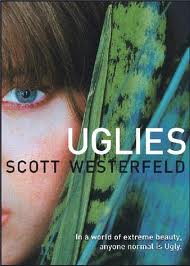 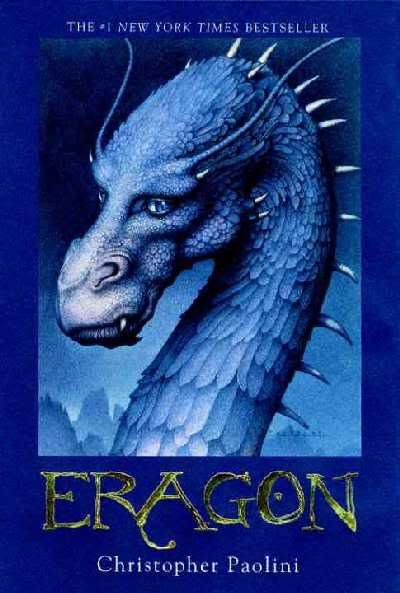 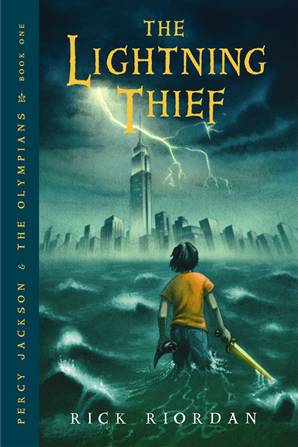 
Both
of these series are in the fantasy or science-fiction genre and both
have a lot of action, conspiracy and adventure. So why are these
books labeled “girl books” and avoided by men while women are able
to read books like the Percy Jackson series without worrying about
the gender label being put on them?
I can’t help but wonder if it’s
the main characters that are really to blame, not the genre. It
seems to me that men don’t relate to strong female characters the
way that females can relate to strong characters of either gender.
If given a choice, I feel that most men would pick up Eragon before
they picked up City of Bones.
Personally, almost all of my favorite
literary characters are male: Severus Snape of J.K. Rowling’s Harry
Potter series, Odd Thomas of Dean Koontz’s Odd Thomas series, Roland
Deschain of Stephen King’s Dark Tower series. To me, these
characters are characters first and men second. I relate to them
based on personality and not on what gender they are. So why does
it seem that men don’t feel the same way?
The gender question is
always a difficult one to answer, and I don’t think we’re going to
come to any clear conclusions anytime soon. It could have something
to do with gender stereotypes and the male ego, but I like to think
that our society is past that at this point. Honestly, I feel it
could be something as simple and shallow as the cover art and design
of the novels.
The reason this concerns me so much is that the
literary trend, especially with Young Adult fiction, is gravitating
more and more towards using female narrators and protagonists. If
this trend continues, and if men continue to be repelled by female
main characters, men are going to stop reading altogether. Okay, so
maybe this is a slight exaggeration, but I fully believe that there
will be a swift decline in the number of male fiction readers if
these trends continue.
There’s probably no easy way to answer any of
these questions and, as I said, we will probably not come to any
clear conclusions any time soon. However, I believe that talking
about it and drawing attention to it, not only as readers, but as
English majors, as future teachers, publishers and writers, is the
first step we have to take to, if not remedy, at least understand
this situation.
Megan's Article
Survey Says!!!!
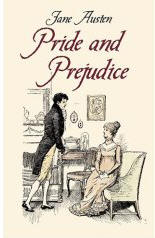
"Who Is Your Favorite Female Character In
Literature?"
Janie in Zora Neale Hurston's Their Eyes Were
Watching God

She grew into such a beautiful being on the inside as well as
the out and found a way to stand on her own two feet without the
assistance or need for approval from others.
She's my she-ro.
- Fannetta Jones
My favorite female
character in literature is Jane Eyre from Charlotte Bronte's
book Jane Eyre. I like her because she is an intelligent and
driven young women who is more admired for her personality
than her beauty. Also she stands up for herself and speaks
her mind.
Katie Struck
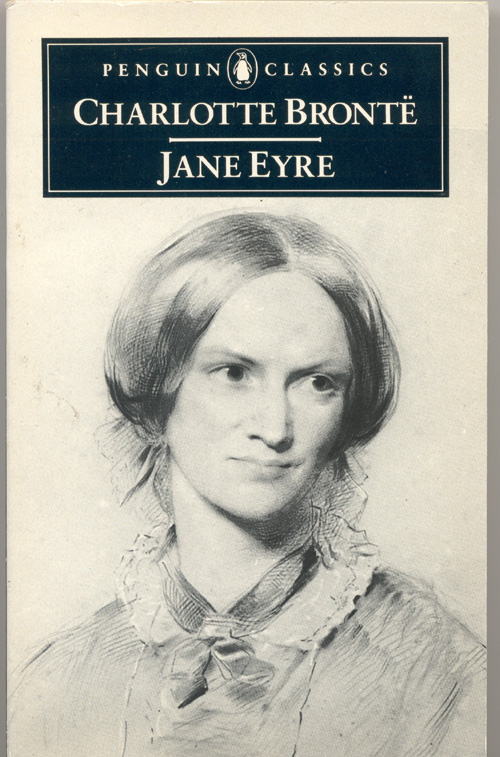
"Molly Millions," from Neuromancer
and other works by William Gibson.
- Alex Kane
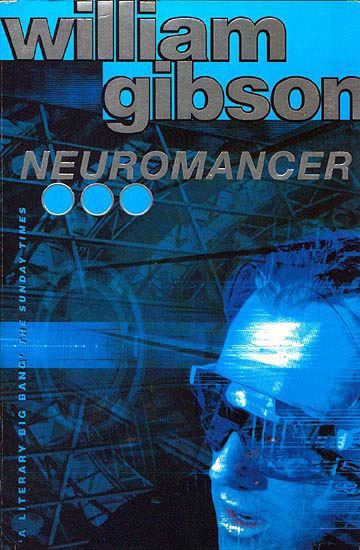
"Briony Tallis from Ian McEwan's Atonement. What can I
say, I like the evil ones."
-Melissa Bankes

Scout, from To Kill a Mocking Bird
-Brandon T. Groom
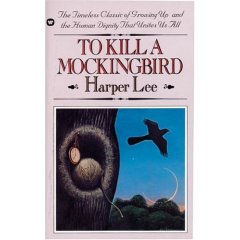
Guinevere is my
favorite female character in literature
-Robert Cook
|


















